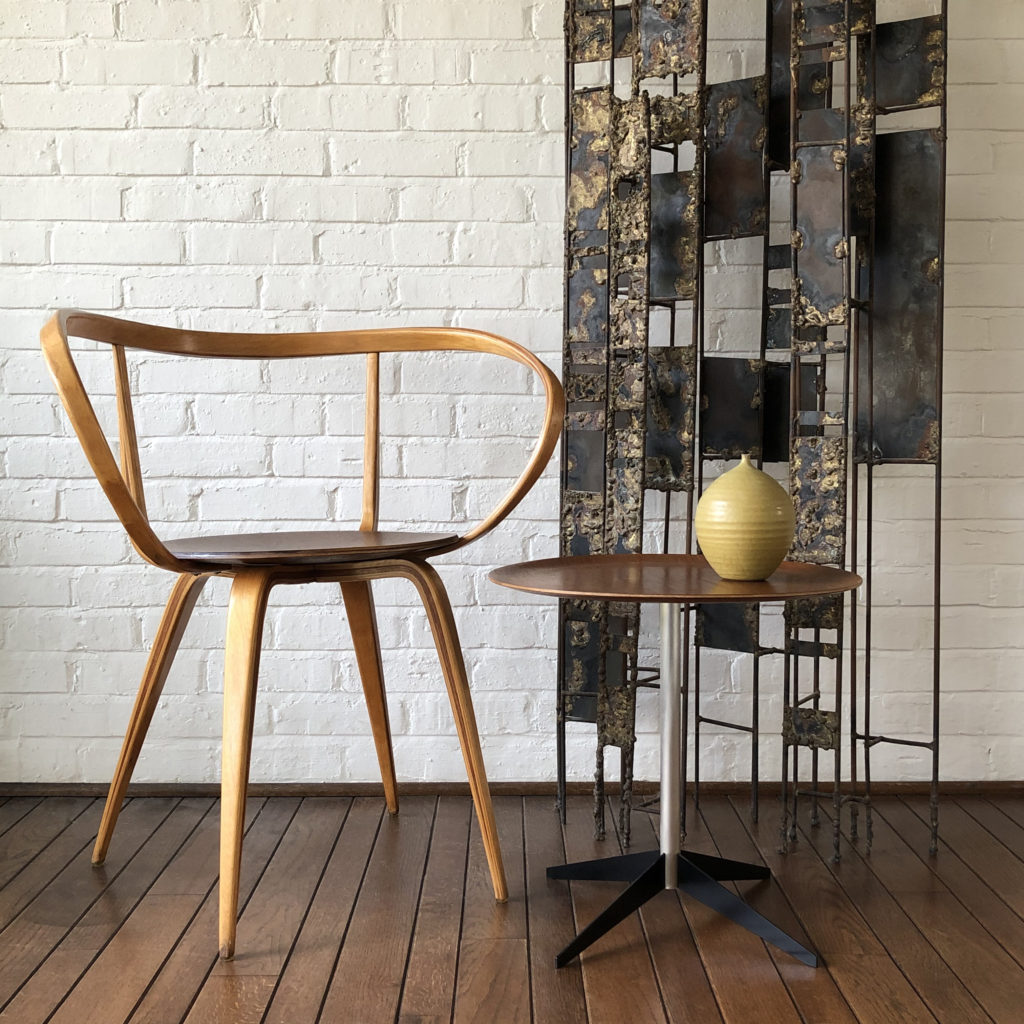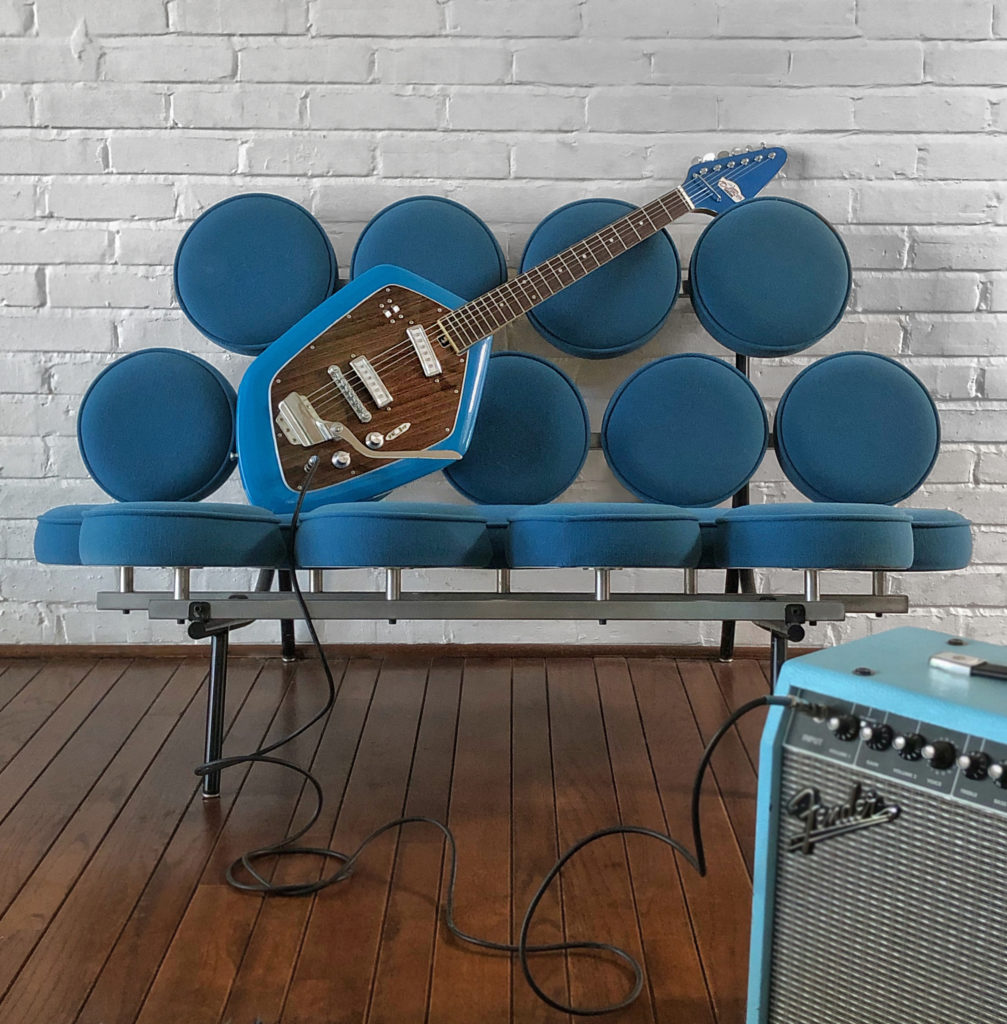The decade and a half after WWII was a joyful period in America. As the country celebrated life and renewed prosperity, a new style of design that captured the zeitgeist emerged to define the era – think the playful, organic curves of an Eames plywood chair with its unpretentious materiality, or the slender, sculptural form of Eero Saarinen’s eponymous table, which appears to be straight from the retro-futuristic set of The Jetsons.
“America was the heartland of mid-century modernism,” says renowned British design writer, Dominic Bradbury. “It was so well placed economically in the 1950s and that helped to fuel a lot of experimental design. After the war, people wanted something that was more colourful, more exciting and more dynamic – there was an explosion of creativity.” In addition, many talented designers had emigrated from Europe and Scandinavia to America, bringing with them new perspectives and an unadorned, functional aesthetic.
Today we all need that spirit of optimism that mid-century modern carries with it – Dominic Bradbury, journalist and author
More than half a century has passed since then, but the practical, playful style that was celebrated during this time remains one of the most popular periods of design. It’s almost impossible to flip through the pages of a homes magazine or scroll through Instagram without coming across some variation of clean-lined furniture by the likes of Arne Jacobsen or Charles and Ray Eames. As The New York Times writer Steven Kurutz once put it: “Mid-century is the decorating style that won’t die.”
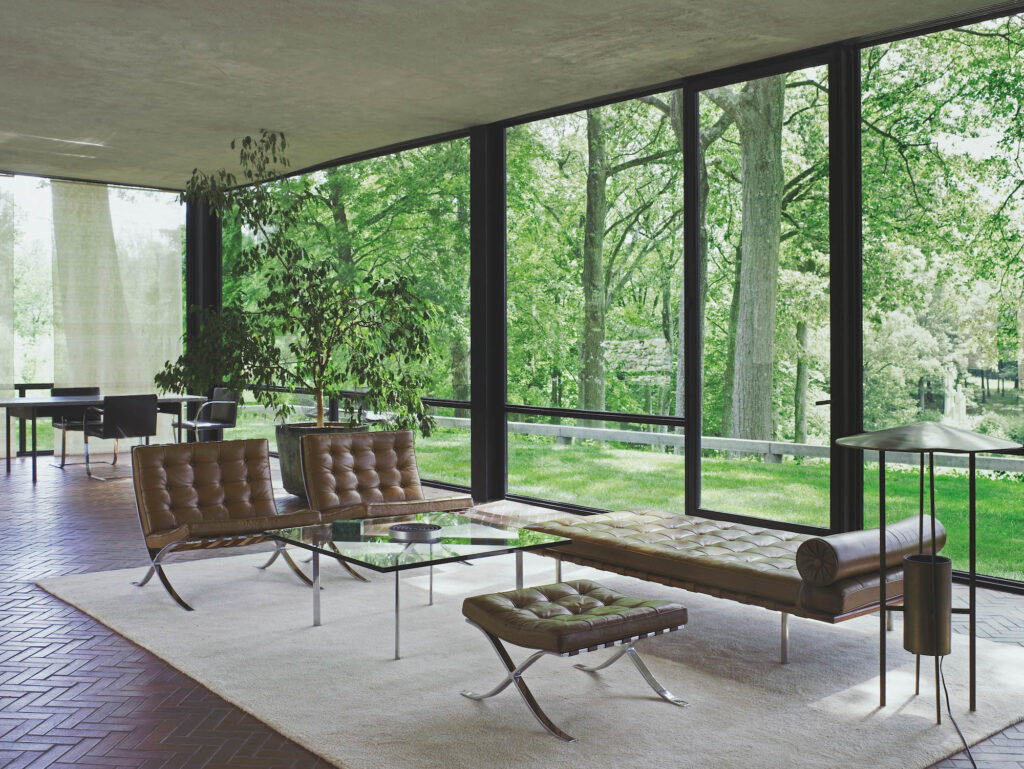
“It was such a joyful, happy period of time – and today we all need that spirit of optimism that mid-century modern carries with it,” says Bradbury. “Designers were building on the lessons of modernism and became so much more expressive, layering in colour and texture and having a lot more fun with design. I think that’s why we still love it so much – it has that playful quality.”
It’s no surprise that mid-century modern has such enduring appeal. Beyond a joyful sense of optimism, the furniture is designed for the way people really live. Many designers were focused on democratic appeal, with practical materiality, functional forms, and relatively affordable prices – just take the Eames’ famous motto: “The Best for the Most for the Least”. Most of the classic pieces are also highly functional, easy to care for, and work just as well in expansive living spaces as they do in smaller homes.
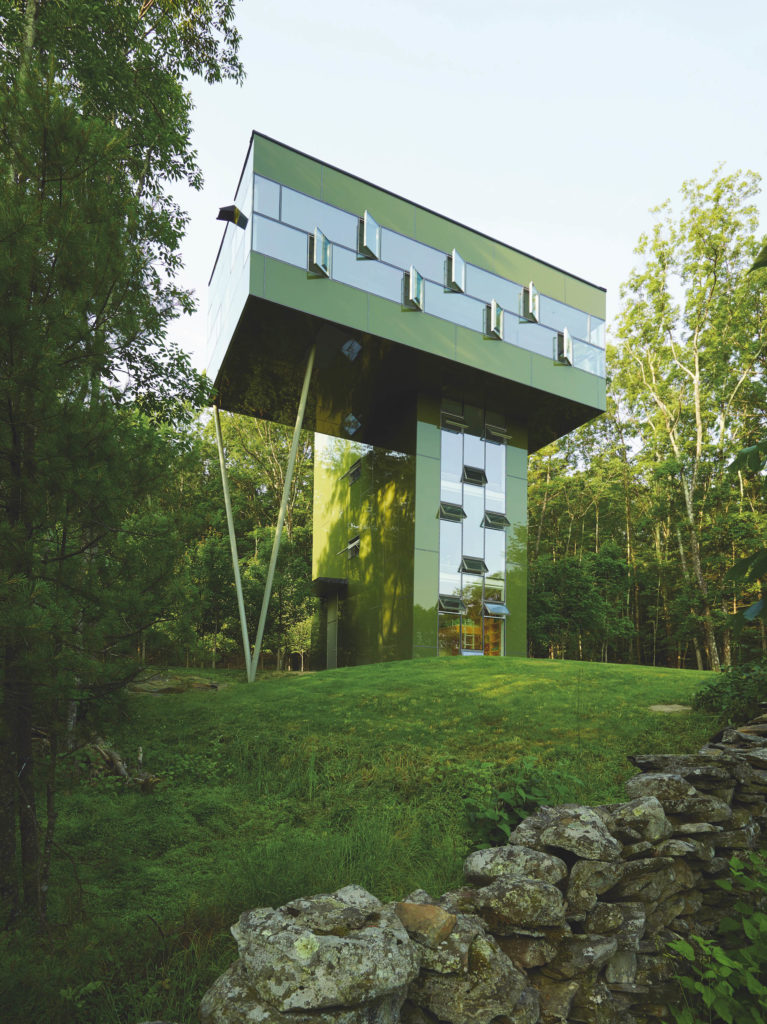
Mid-century modern in context
The way mid-century modernism emerged and how it sits in terms of what came before it and influenced what followed is showcased by Bradbury in his recently released book The Iconic American House: Architectural Masterworks Since 1990. The book is the result of several road trips that he and photographer Richard Powers took through the USA to chart the evolution of American homes from 1900 to present. “We had to try to fill the gaps chronologically, geographically and stylistically,” says Bradbury. “The point of this book is to build up a narrative over time through the houses.”
Through the book, readers get an insight into mid-century modern icons through new photographs and reflections – and can discover inspiration from the masters. Philip Johnson’s Glass House, for example, is a study in how to divide open spaces into functional zones through the arrangement of furniture, including modernist classics by Mies van der Rohe; while the Eames House, also known as Case Study House No. 8, showcases how the fabric of one’s life can be expressed through the layering of personal mementoes. Here, books, textiles, folk art, ephemera and all manner of objects collected by Charles and Ray throughout their lives sit alongside their iconic furniture pieces in a rich collage of objects.
“Mid-century modern is the kind of aesthetic that I really like to have around me, often spliced with more contemporary design,” says Bradbury. “The colours and patterns of the mid-century modern period add another layer of character. If you look at a lot of contemporary interiors they are influenced by this period, whether it’s classic furniture or contemporary pieces that have a mid-century aesthetic.”
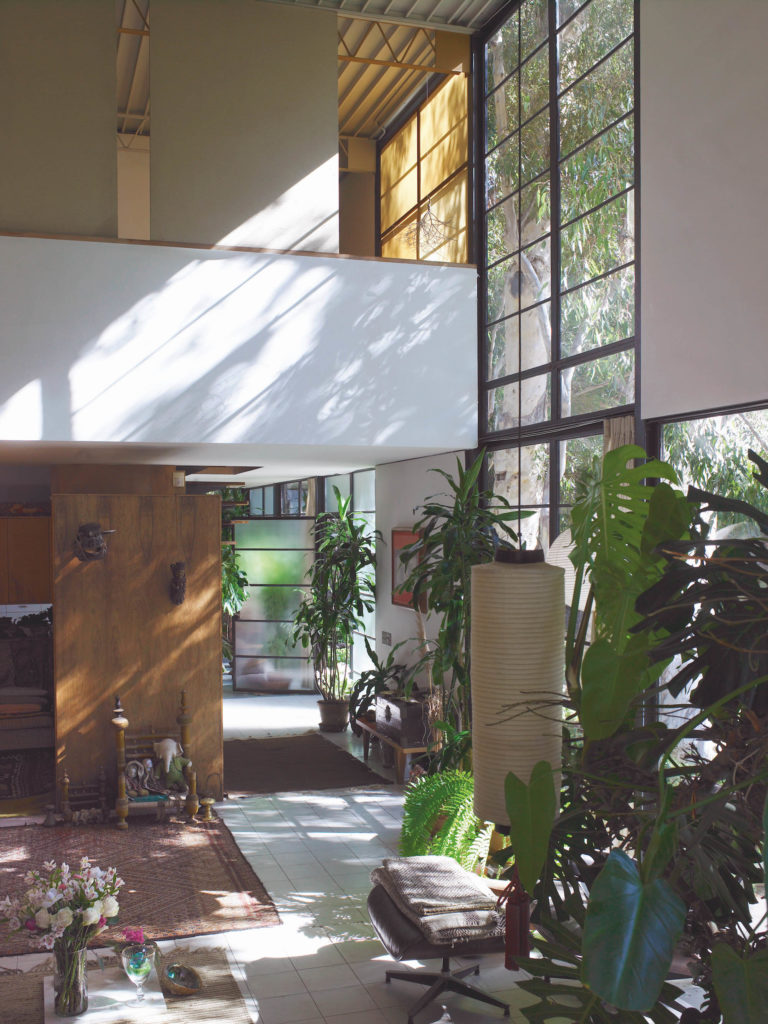
Bringing mid-century modernism home
Unsurprisingly, given the dizzying heights of popularity that mid-century modernism has reached today, many of the most iconic pieces are still in production. Through global design brands, such as Fritz Hansen and Vitra, you can easily pick up a classic Egg chair or a legendary Noguchi coffee table. Vitra has even reproduced a wooden bird that was picked up by the Eames on their travels and was used in many of the styled shoots they produced.
Mid-century modernism has proven such a hit for these brands that many have turned to their archives in recent years to explore unproduced work by the masters. Take, for example, Tripod lamp by Danish mid-century design pioneers Peter Hvidt and Orla Mølgaard-Nielsen. Although it was designed in 1953, it was first put into production earlier this year. “These brands are discovering amazing banks of material,” says Bradbury. “So much of it is just wonderfully dynamic and exciting – and it still influences contemporary designers today.”
Of course, the most authentic way to add a touch of mid-century modernism to an interior is with original vintage pieces, and the US is home to some of the world’s leading dealers of mid-century modern design. Open Air Modern in Brooklyn, New York, for example, has an entire section of its collection dedicated to Eames shell chairs alongside design icons like the George Nelson coconut chair that have been lovingly restored with period-appropriate fabrics.
Or, in Chicago, there’s Pegboard Modern, which was founded in 1999 when David and Amy Carter’s collection of mid-century modern art, architecture, and design began to rapidly expand. “We collect and live with vintage mid-century modern furniture and design for several reasons – it’s highly functional, well made, and easy to live with,” says David Carter. “We don’t think it is an affected style. Rather, it offers practical solutions to design problems and also happens to be very beautiful. The creative outpouring of architects, designers, and artists in the middle of the 20th century has clearly established itself as a high-water mark for design and inspired the work of generations of designers who have come since.”
While there is always going to be a thrill associated with finding a truly iconic piece of original design, Bradbury is of the opinion that some of the most characterful and unique pieces in the market are by lesser-known designers. “I would advise people to go local and to try to find things in your own area,” recommends Bradbury. “There’s an amazing second and third tier of designers and manufacturers out there whose work is just as beautiful. Sometimes, there won’t even be a name or a brand mark.”
Whatever the piece, bringing mid-century modernism into an interior is a timeless celebration of humanity’s pioneering and creative spirit. As Bradbury writes in Mid-Century Modern Complete, “It was a time in which so much of the way we live now – and the products we use – was really shaped… The world of today, you might say, was born in the 1950s and ’60s.”
Effect Magazine is brought to you by Effetto




